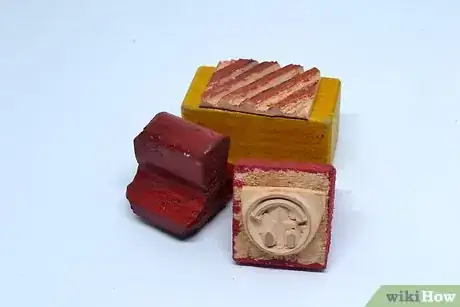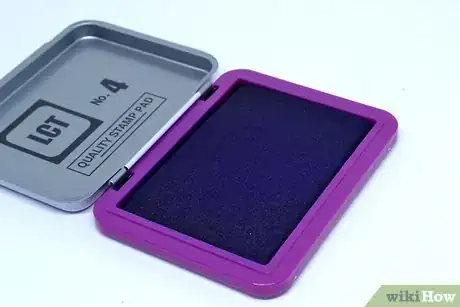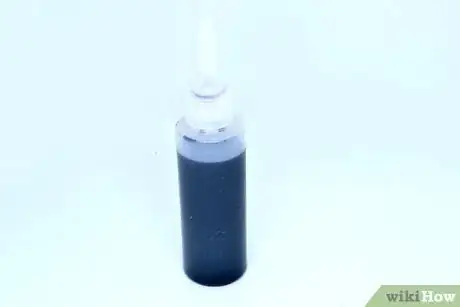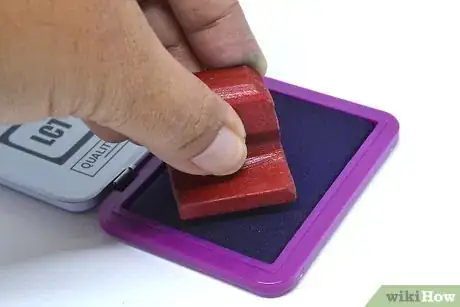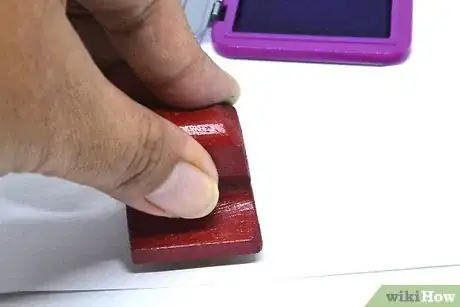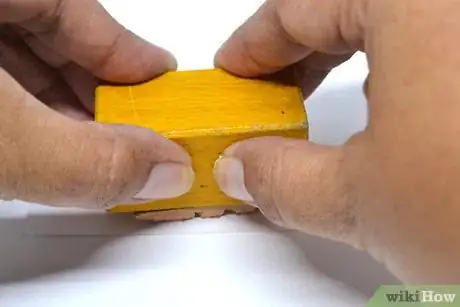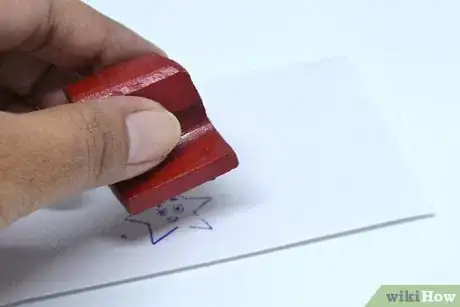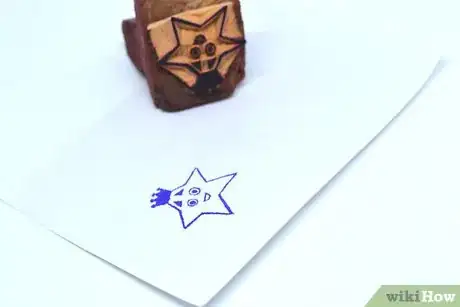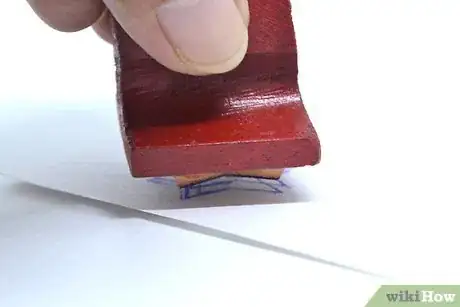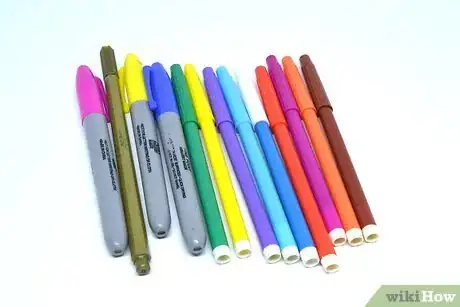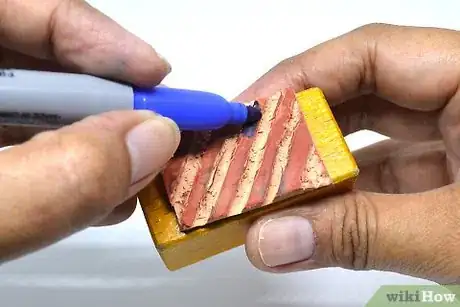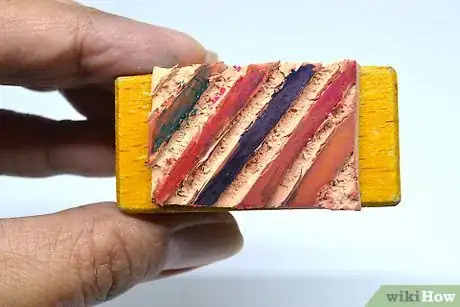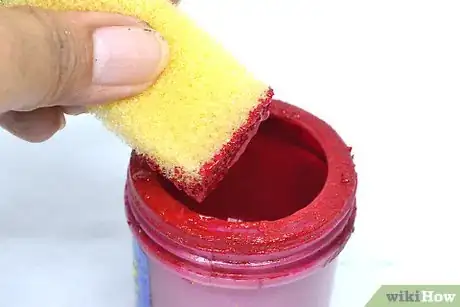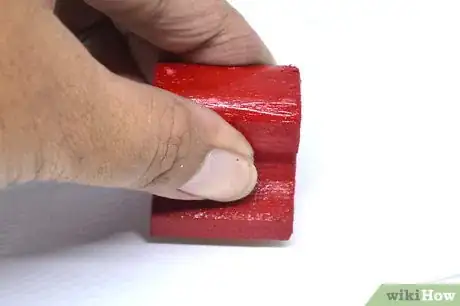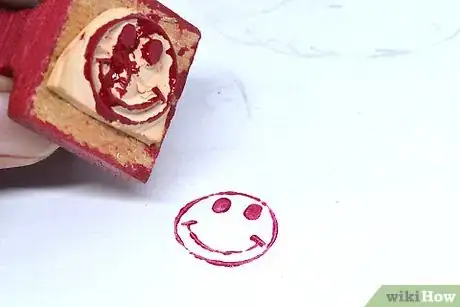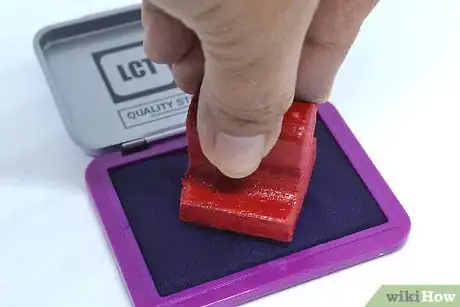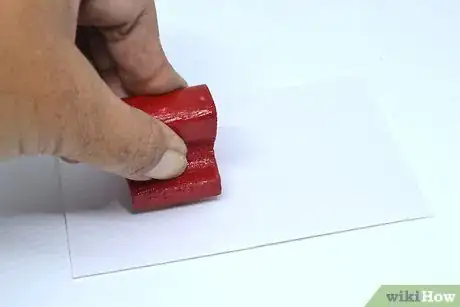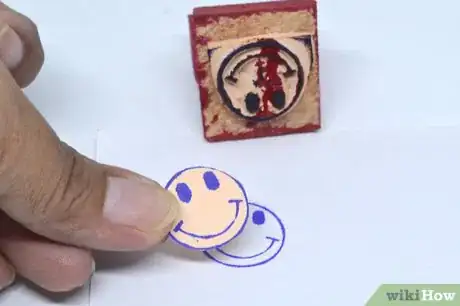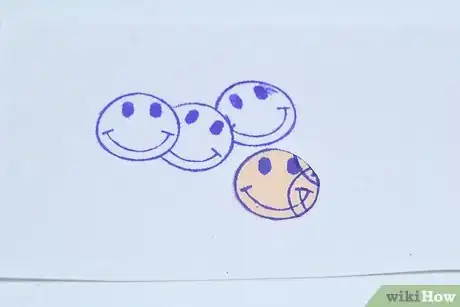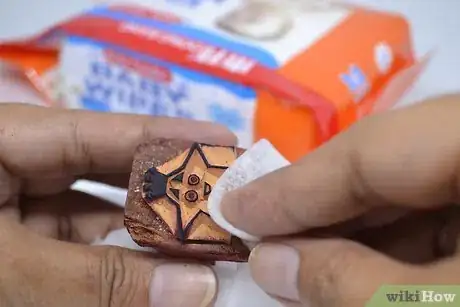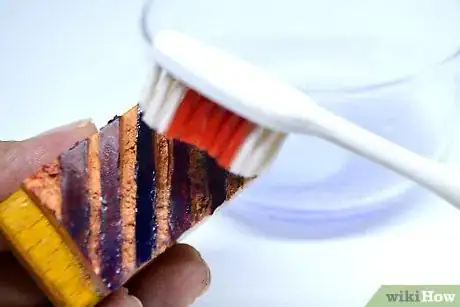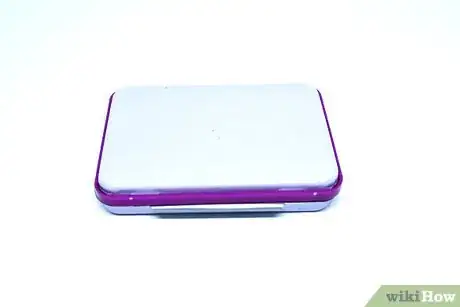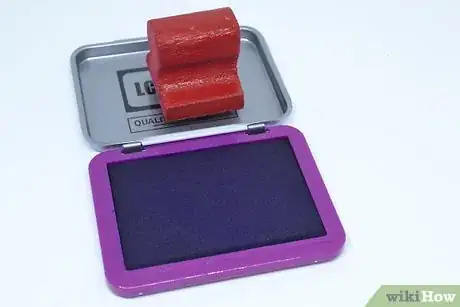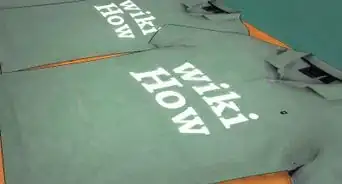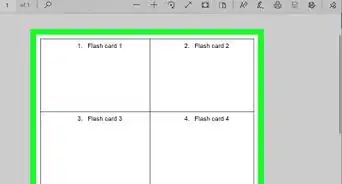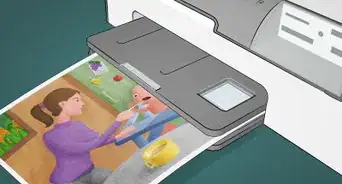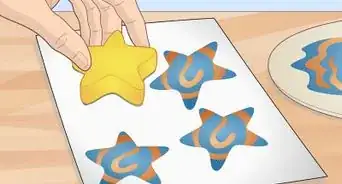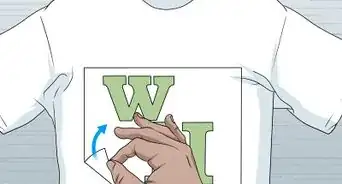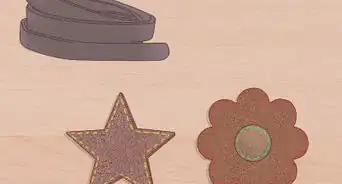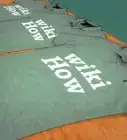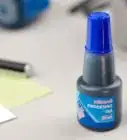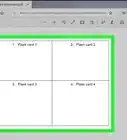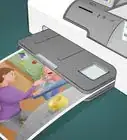This article was co-authored by wikiHow Staff. Our trained team of editors and researchers validate articles for accuracy and comprehensiveness. wikiHow's Content Management Team carefully monitors the work from our editorial staff to ensure that each article is backed by trusted research and meets our high quality standards.
This article has been viewed 18,642 times.
Learn more...
Rubber stamps are a great way to decorate homemade cards and stationery or spruce up your home decorations. Inking your stamps – with permanent or pigment inks, water-based markers, or paint – will give you different looks. Using your rubber stamp to stamp a simple design, layered, or masked design can make your piece look more sophisticated. Make sure you properly clean and store your stamps and inks to ensure they’re always ready to use.
Steps
Stamping for Beginners
-
1Choose your stamp. The type of stamp you use depends a lot on the project you’re doing. Smaller stamps are great for cards, while larger stamps work for larger projects. Having a variety of stamps is probably best – it gives you some choice when you sit down to work on a project.
- You can also get wood-backed or clear stamps. Clear stamps will give more control over placement because you’ll be able to see exactly where the edge of the stamp is.
-
2Use permanent ink for quick-drying and precise lines. The lines created with a rubber stamp that uses permanent ink are very sharp and will dry quickly. This makes permanent ink great for precision work like stamping addresses or words.[1]Advertisement
-
3Use pigment ink for richer color. Pigment ink takes longer to dry, but it will give you a brighter, more vibrant color. It’s good to use if you’re stamping greeting cards or decorations of some kind. It’s also great for layering, since the colors won’t get lost in each other.[2]
-
4Press the stamp firmly in the ink multiple times. This is true regardless of the type of ink you use. Don’t just smash the stamp into the ink once. Check your stamp a few times in between presses to make sure the ink is evenly covering the stamp.[3]
-
5Line up your stamp on your paper. Be extra careful if the paper is not much bigger than the stamp; you don’t want to lose part of your design. Don’t rock the stamp as you press down. Instead, apply even, steady pressure.[4]
-
6Run your finger over the top of the stamp. This is especially important if you’re using a larger stamp. Running your finger over the top ensures an even application of ink without you having to rock and wiggle the stamp.
-
7Pick the stamp straight up. After you’ve pressed down, pick it straight up to avoid smearing the ink.[5]
-
8Let the ink dry completely. Depending on the type of ink you use, it can take between a few minutes up to a half hour for the ink to dry. If you're not sure if it's dry yet, very gently dab your finger over the ink. If any color comes away, it's not dry yet.
-
9Layer stamps for a more sophisticated look. Let the ink dry in between stamps if you want clear and distinct colors. You can also stamp over still-wet designs to create a more integrated look. This is an especially cool look if you’re using water-based markers, since the inks will often bleed into one another.
Inking with Markers
-
1Choose your water-based markers. Water-based markers are good if you want different parts of the stamp to come out in different colors. You should first make a design plan so you know for sure which colors need to go where on the stamp.[6]
-
2Color on the stamp directly. Using the water-based markers, color the stamp. You can have some overlap between colors since water-based markers will blend into one another.[7]
-
3Breathe on the stamp. Once you’re finished coloring the stamp, breathe directly on it to re-wet the ink. The ink should be shiny before you stamp it to ensure all of the color transfers to the cardstock or paper you’re using.
Using Paint
-
1Dip a sponge into your paint. You can use craft paint or even regular paint if you’re stamping on furniture or walls.[8]
- If you’re working on a larger project, pour some of your paint onto a paper towel. This will act as a big ink pad.
-
2Sponge the paint onto the stamp. Tap the sponge onto the stamp repeatedly. Keep doing this until you see an even coat of paint on the stamp. If you’re using paint on a paper towel, dip the stamp into the paint on the paper towel.[9]
- If you use the paper towel technique, spread some newspaper under the paper towel to prevent any bleed through.
-
3Stamp firmly. It’s especially important not to press too hard on your stamp if you’re using paint. If you do, the paint might smoosh out of the sides of the stamp.[10]
-
4Apply even pressure. Don't favor one side of the stamp over the other. This can make one part of your stamped area look really light, while other parts look darker. Instead, place your palm over the center of the stamp and press down evenly.
Masking with a Rubber Stamp
-
1Load your stamp with your desired type and color of ink. You can use whatever type of ink you like, since the steps for this method aren’t time sensitive.[11]
-
2Press down firmly with the stamp. Avoid rocking the stamp back and forth. Then pull the stamp straight up to avoid any smearing.[12]
-
3Make a second stamp on a scrap piece of paper. This scrap stamping will act as a shield for the design you just stamped on your main material. Once you’ve stamped the design on a spare piece of paper, cut out the design out, following the edges closely. Place this over the design you stamped on your card or paper to cover it.[13]
-
4Reload your stamp. Then place it carefully next to the original stamp that you covered with the scrap stamp. This allows you to get really close to the original design without worrying about stamping over it. Press the stamp down firmly.[14]
Cleaning and Storage
-
1Wipe your stamp with alcohol-free baby wipes after use. This removes all of the ink or paint on the stamp. It also ensures your stamp is clean and ready to use next time.
-
2Clean stamps with soap and water. Mix a few squirts of dish soap in a small bowl of warm water. Dip a toothbrush into the bowl and then scrub the stamp. You should use soap and water if you’re using your rubber stamps with paint. You can also do this type of cleaning every few months or so to give your stamps a deep clean.
-
3Store ink pads upside down so the ink stays near the top. Make sure the tops are secured before you turn them upside down. Tightly seal any water-based markers or paint.
-
4Finished.
Things You’ll Need
- Rubber stamps
- Permanent or pigment ink
- Craft paint
- Card stock, paper, or canvas
- Water-based makers
References
- ↑ https://www.youtube.com/watch?v=Gg6sly1kx3U
- ↑ https://www.youtube.com/watch?v=Gg6sly1kx3U
- ↑ https://www.youtube.com/watch?v=Gg6sly1kx3U
- ↑ https://www.youtube.com/watch?v=Gg6sly1kx3U
- ↑ https://www.youtube.com/watch?v=Gg6sly1kx3U
- ↑ https://www.favecrafts.com/Rubber-Stamping/How-to-Use-Rubber-Stamps-for-Your-Craft-Projects
- ↑ https://www.favecrafts.com/Rubber-Stamping/How-to-Use-Rubber-Stamps-for-Your-Craft-Projects
- ↑ https://www.favecrafts.com/Rubber-Stamping/How-to-Use-Rubber-Stamps-for-Your-Craft-Projects
- ↑ https://www.favecrafts.com/Rubber-Stamping/How-to-Use-Rubber-Stamps-for-Your-Craft-Projects
